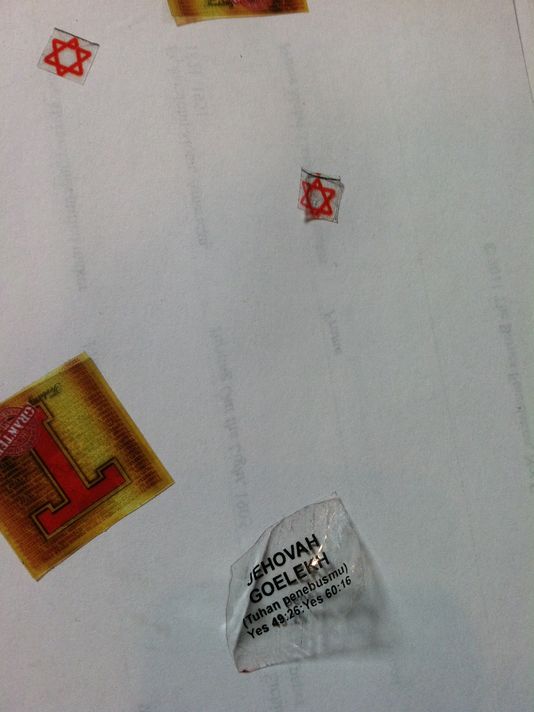
A group of visitors to the Delaware Art Museum have senselessly vandalized artwork by affixing religious stickers on several pre-Raphaelite paintings and an outdoor statue, reports Delaware Online.
Footage captured by museum security cameras showed the group placing the stickers on the artwork. According to the museum, who reached out via email to the Registrars Committee of the American Alliance of Museums to see if other institutions had be similarly victimized, the vandals were trying to avoid detection and clearly knew what they were doing was wrong.
Because the stickers were small and partially transparent, they initially escaped notice and were only apparent upon closer inspection. Thankfully, a painting conservator was able to remove the stickers from the affected works.
Delaware art conservationist Joyce Hill Stoner described the likely method used to Delaware Online: “With tiny Q-tip-sized swabs and tweezers, we would work to carefully lift the edge, apply additional solvents as needed, and gently peel away the stickers when the adhesive is no longer ‘sticky.'”
Unfortunately, museums must be constantly vigilant against such criminal behavior. Pablo Picasso’s Guernica and Michelangelo’s Pieta are among the most famous works to fall victim to art vandals. Such acts against artworks are often politically motivated, like the man who in 2012 vandalized a Mark Rothko in the name of his art movement “Yellowism,” or the Miami-based artist who smashed an Ai Weiwei pot earlier this year.
Sometimes, a vandal will go so far as claim that his act is actually art, such as the Texas artist who defaced Prada Marfa, or the Los Angeles street artist who painted over Banksy’s Girl on Swing.
No word yet if the stickers were a response to the museum’s unpopular decision to sell four works from its collection to pay off $19.8 million in debt (see earlier report from artnet News).